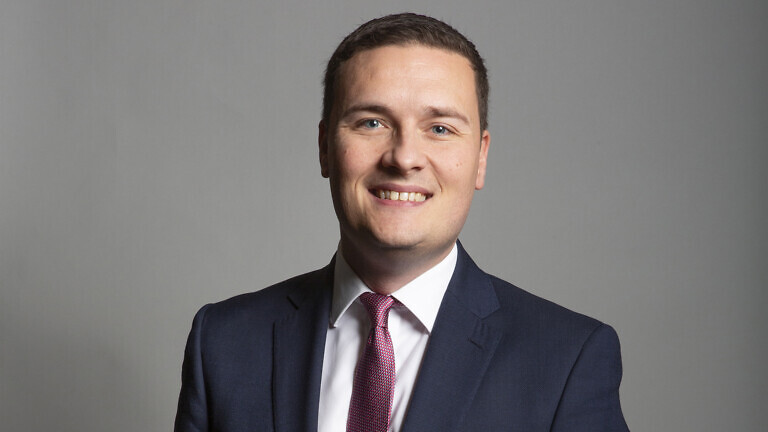Artificial Intelligence (AI) is rapidly becoming a familiar tool in healthcare, from clinical diagnostics to administrative efficiency. Increasingly, clinicians are also turning to AI-driven platforms to help with professional decisions outside the consulting room; including comparisons of medical malpractice indemnity policies.
While AI has its place, caution is essential. The complexities of indemnity cover mean that clinicians should not rely solely on AI outputs. Instead, professional advice from a broker or product specialist remains indispensable.
The risk of oversimplification
Medical malpractice indemnity policies are nuanced, and their terms can vary significantly depending on the insurer, the scope of cover, the medical specialty, and even the jurisdiction in which a clinician practises. AI tools often work by scanning available policy data and generating comparisons based on surface-level features, such as premium price or headline coverage limits.
This creates the risk of oversimplification. An AI system might flag one policy as “cheaper” or “more comprehensive” without recognising hidden limitations – for example, exclusions for certain procedures, restrictions on telemedicine, or differences between occurrence-based and claims-made cover. These subtleties are critical, and misinterpreting them could leave clinicians dangerously exposed.
The problem of inaccuracy
AI tools depend on the data they are trained on. If the information available to them is incomplete, outdated, or inconsistent, their recommendations may be inaccurate. For example, policy wordings often change, and insurers regularly update underwriting appetite. A clinician relying on AI might receive advice based on last year’s terms rather than today’s.
Moreover, AI has a well-documented tendency to “hallucinate”, confidently presenting incorrect or invented information as fact. In the context of indemnity policies, this could mean highlighting exclusions that do not exist, or worse, failing to mention crucial conditions that materially affect coverage.
In my own work with clinicians, I have already seen this first-hand. Some doctors have approached me after running AI-generated comparisons of indemnity policies, only to find that the results were not just misunderstood, but completely wrong. In several cases, the AI had either misrepresented key terms or failed to identify critical exclusions – creating a false sense of security that could have left those clinicians without the protection they thought they had.
Why expert advice still matters
Brokers and product specialists bring a depth of understanding that AI cannot replicate. They know how to navigate the small print, interpret grey areas, and tailor advice to the unique profile of a clinician’s practice. They can also identify potential risks that AI would never pick up on, for instance, the reputational and legal considerations linked to a specific specialty or jurisdiction.
Crucially, human advisers are also accountable. If an error is made, a regulated broker can be held responsible for the guidance they provide. By contrast, AI tools bear no such responsibility; if they get it wrong, the consequences fall solely on the clinician.
The right way to use AI
This is not to say that AI has no role to play. It can be a useful starting point, a way of gathering broad market intelligence quickly or highlighting policies worth investigating further. But it should never replace professional advice. At best, clinicians can use AI as a supplement, bringing their findings to a broker or product specialist who can then validate, challenge, or refine the information.
Conclusion
AI is a powerful tool, but when it comes to medical malpractice indemnity, it is not a substitute for expertise. The stakes are simply too high. Clinicians who rely solely on AI risk overlooking critical details and exposing themselves to gaps in cover that could jeopardise their careers. My experience has shown that these risks are not theoretical, they are happening now. The safest approach is clear: use AI cautiously, but always seek professional guidance from a trusted broker or product specialist. In matters of indemnity, nothing can replace human judgment and accountability.
To discover more about THEMIS Clinical Defence, click here.




